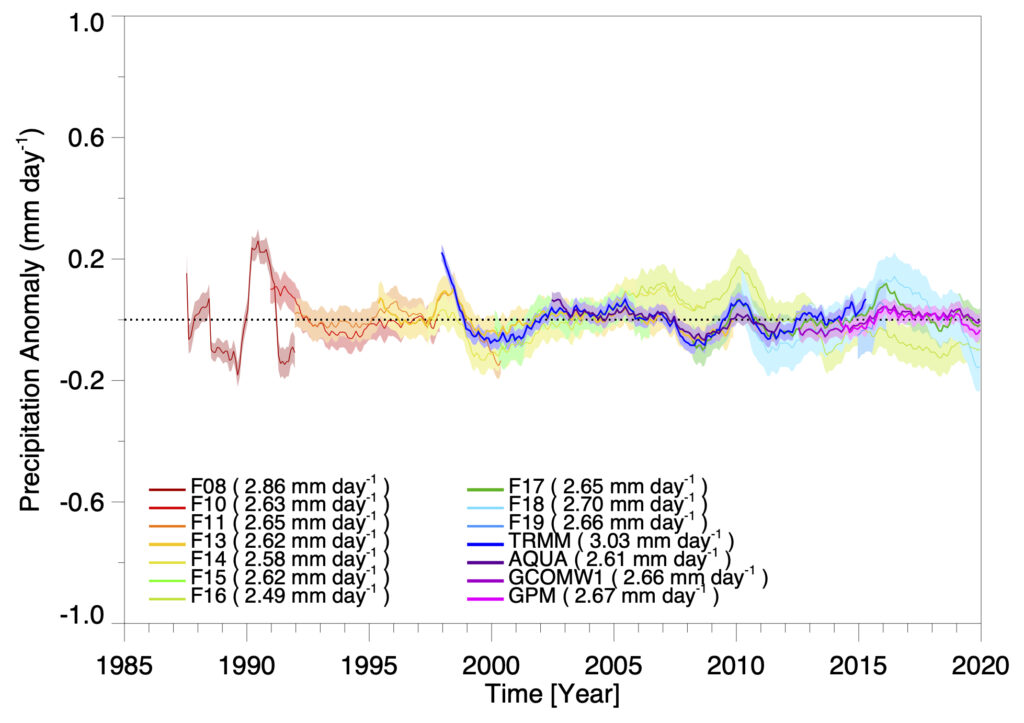
Veljko Petković is first author on a new paper in Journal of Applied Meteorology and Climatology titled, “Can We Estimate the Uncertainty Level of Satellite Long-Term Precipitation Records?”.
While previous studies have quantified random and systematic errors at individual validation sites and regional networks, Petković and his colleagues aimed to understand and estimate building elements of the overall uncertainty characteristic to combined satellite precipitation products. Their research considered temporal and spatial changes in precipitation biases, regime morphology, sampling, instrument calibration and observation-vector information content, to offer a quantitative estimate of uncertainty in recently produced global precipitation climate data record.
To address changes in the information content across different passive microwave radiometers, they developed synthetic datasets from the GPM Microwave Imager (GMI) sensor, while sampling- and morphology-related uncertainties were quantified using GPM’s dual-frequency precipitation radar (DPR). Special attention was given to separating precipitation into self-similar states that appear to be consistent across environmental conditions.
Results showed that the variability of uncertainty patterns can be explained by the relative occurrence of different precipitation states across the regions and used to calculate product’s overall uncertainty. It was found that at a 5° spatial scale, monthly mean precipitation uncertainties in Tropics can exceed 10%.
Petković joined ESSIC in 2017 after graduating from the Department of Atmospheric Science at Colorado State University. His research interests are in hydrology, atmospheric radiative transfer, microwave remote sensing, with focus on satellite retrievals, cloud microphysical processes and their interactions with a large-scale environment, and machine learning applications.
To access the paper, click here: “Can We Estimate the Uncertainty Level of Satellite Long-Term Precipitation Records?”.






